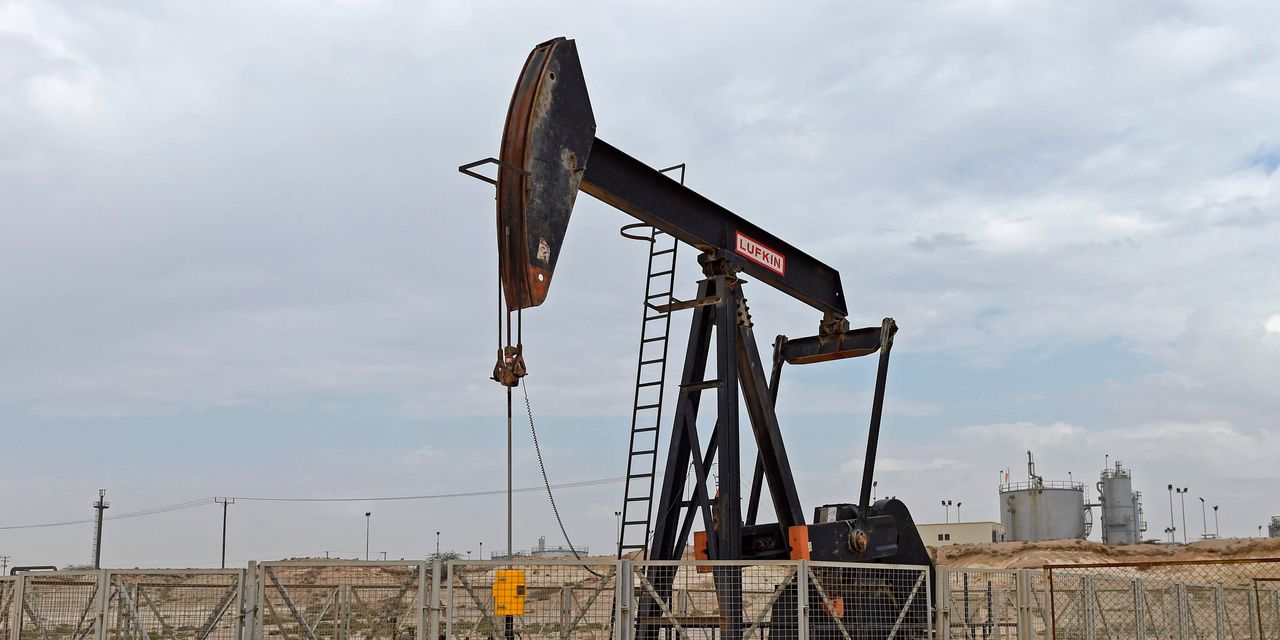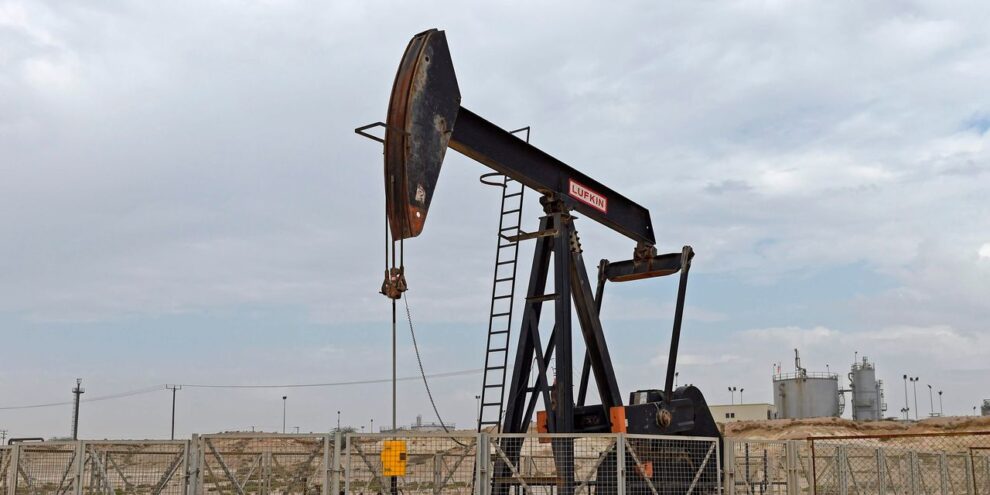
Oil futures moved up on Tuesday, shaking off earlier weakness, as signs of improving energy demand prompted global benchmark prices to tally an eighth consecutive session gain.
“With supply dynamics of the global oil market as clear and steady as they have been in years, trader focus has turned to demand in recent sessions, and with the continued vaccine distribution efforts, falling COVID case counts, and another huge stimulus package working its way through Congress, demand expectations are rising,” analysts at Sevens Report Research wrote in a Tuesday newsletter.
The U.S. benchmark West Texas Intermediate crude for March delivery CL.1, +0.79% CLH21, +0.79% rose 39 cents, or 0.7%, to settle at $58.36 a barrel on the New York Mercantile Exchange, with front-month prices scoring a seventh consecutive session of gains. That is the longest streak of gains since the eight-session rise ended Feb. 22, 2019, according to Dow Jones Market Data.
April Brent crude BRN00, +0.13% BRNJ21, +0.13% tacked on 53 cents or 0.9%, to end at $61.09 a barrel on ICE Futures Europe. Tuesday’s rise marked its eighth in a row, the longest run since February 2020.
Both WTI and Brent crude futures logged their highest settlements since January of last year.
“After losing momentum through much of January trading, the crude complex has posted a strong rally over the past two weeks,” bringing Brent above the $60 a barrel level, said Robbie Fraser, manager of global research and analytics at Schneider Electric, in a daily note.
“That rally has been aided by longer-term optimism and expectations of broader market strength, but current prices are likely to generate some anxiety that the rally is near overextended territory,” he said.
Oil rallied Monday as equities continued their surge, helping to lift major U.S. benchmarks to another round of all-time highs. Broad-based market optimism remains tied to expectations for another large round of government aid under President Joe Biden’s $1.9 trillion proposal, as well as progress on vaccine rollouts around the world.
Meanwhile, Saudi Arabia’s decision to unilaterally cut output by 1 million barrels a day in February and March is seen helping to keep supplies in check, analysts said.
COVID-19 related business restrictions are likely to remain a risk though until there is a clear increase in global vaccination rates, said Warren Patterson, head of commodities strategy at ING, in a note.
Also, price levels have risen to levels that look increasingly attractive to producers, which could lead to a pickup in output that should provide some resistance to prices, Patterson said, noting that the U.S. has seen a consistent rise in the shale oil-rig count since late November.
Schneider Electric’s Fraser said crude prices in the $55 to $60 range have “historically been sufficient for triggering new production activity in parts of major U.S. shale basins.”
“While the current supply/demand balance skews towards undersupply, global crude and product stocks remain elevated, and any rebound from U.S. supply could further prolong a full recovery,” said Fraser.
In a monthly report issued Tuesday, the Energy Information Administration cut its 2021 U.S. crude production forecast by 0.8% to 1102 million barrels per day, but also lifted its 2022 output forecast by 0.3% to 11.53 million barrels per day.
Meanwhile, the prospect of an eventual return of Iranian exports and an unwinding of the record deal between the Organization of the Petroleum Exporting Countries and its allies, together known as OPEC+, “offer additional downside price risk,” Fraser said. Still, “recent setbacks in Libya’s export recovery serve as a reminder that geopolitical risk continues to challenge production in several key regions.”
Back on Nymex, prices for petroleum products also declined, with March gasoline RBH21, -0.25% down nearly 0.1% at $1.6736 a gallon, while March heating oil HOH21, +0.46% added 0.5% to $1.7567 a gallon.
March natural gas NGH21, -2.19% shed 1.6% to $2.835 per million British thermal units.
Weekly data on U.S. petroleum supplies will be released by the American Petroleum Institute late Tuesday, followed by the EIA early Wednesday.
On average, domestic crude supplies for the week ended Feb. 5 are expected to show a decline of 2.7 million barrels, according to a survey of analysts by S&P Global Platts. The survey also showed expectations for a climb of 2.7 million barrels in gasoline stockpiles and a fall of 1.7 million barrels for distillate inventories.









